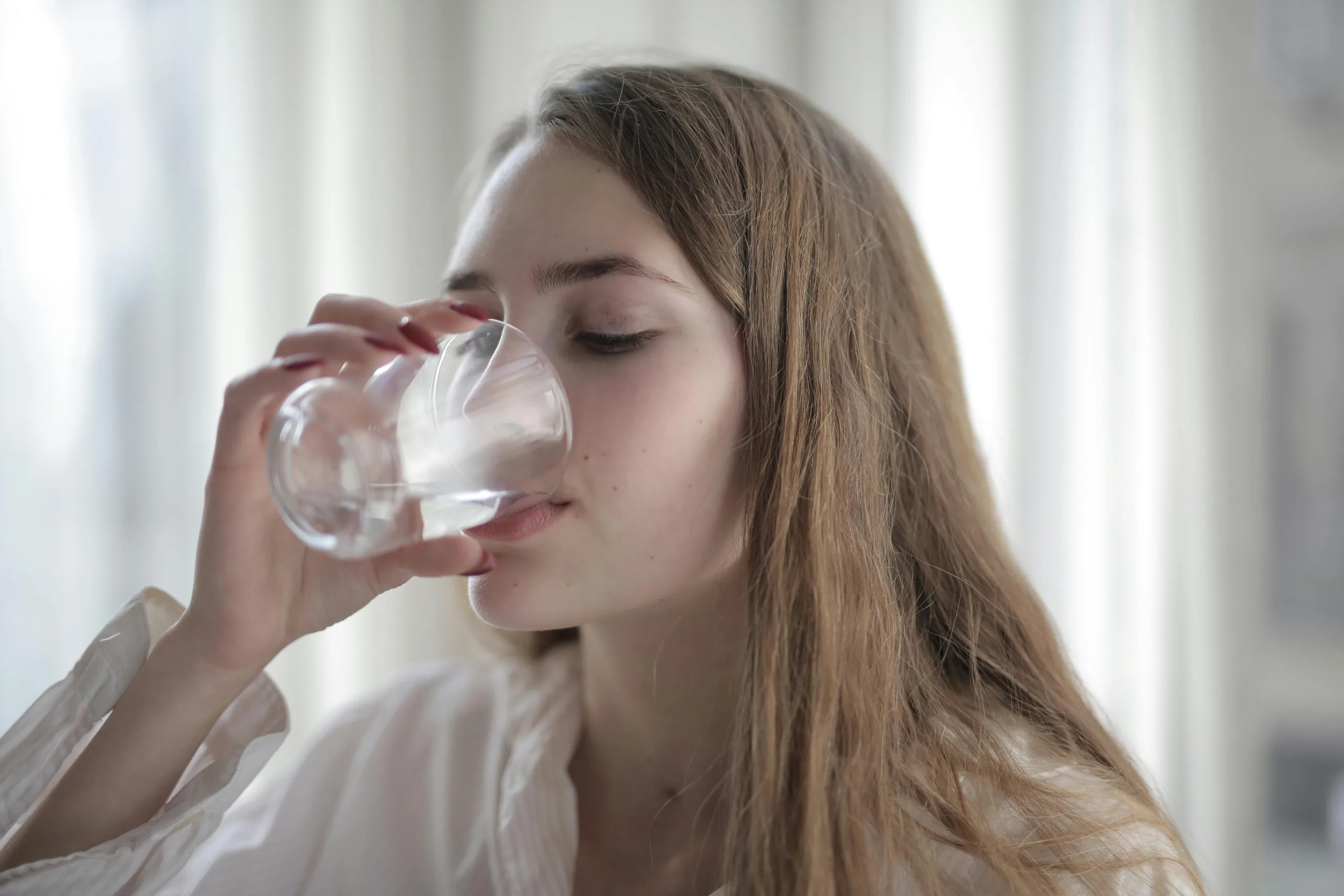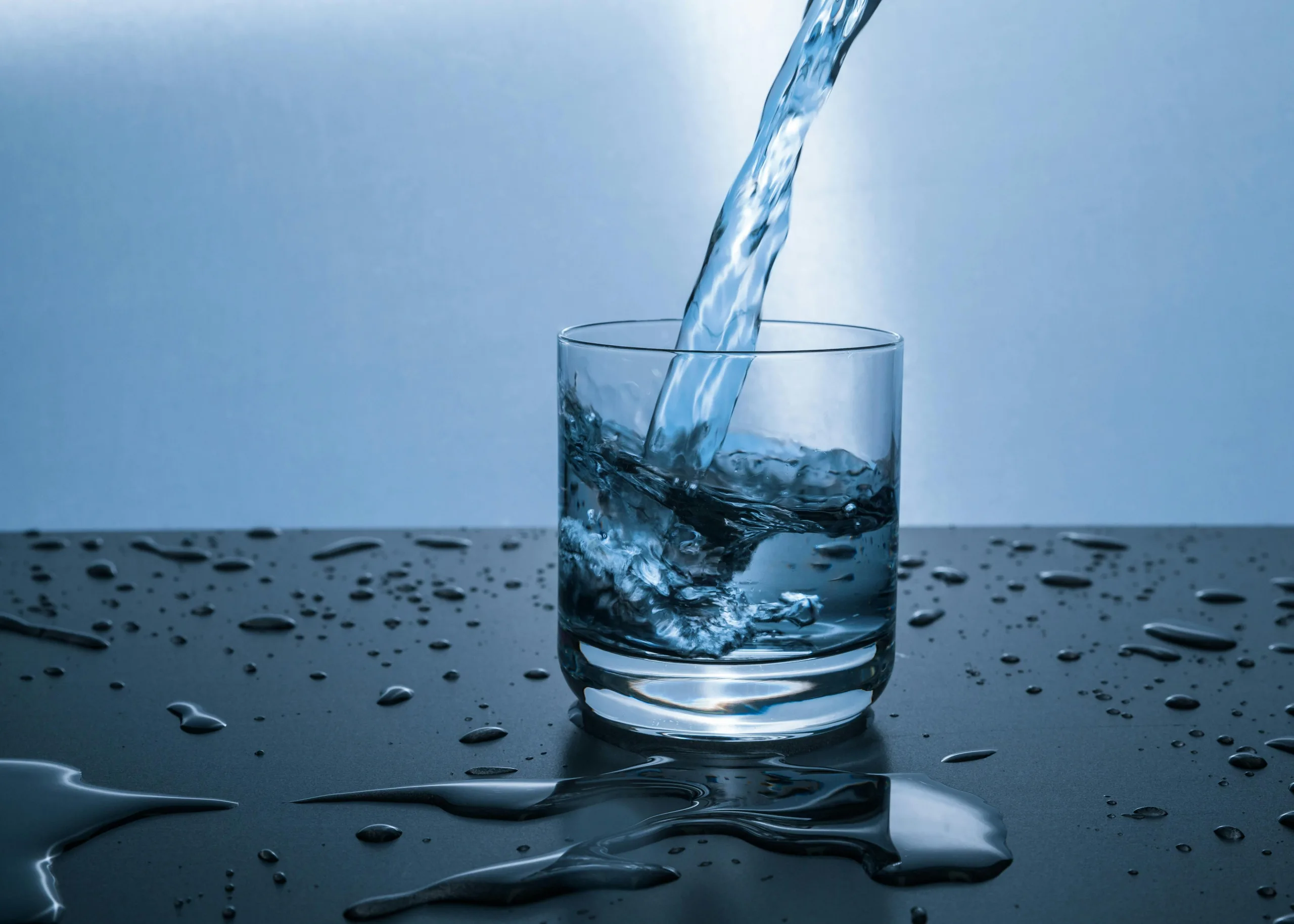Water is an essential component of our lives, yet not everyone has access to clean water. This lack of access, particularly among women, can have major implications on health. RUOK understands the impact of clean water on women’s health is crucial.
You might be wondering, how are women specifically affected? What are the health risks associated with dirty water? We will answer these questions and more for you in this post.
So make sure to pay close attention as we dive deep into the effects unclean water can have, and why ensuring access to clean water is not just a basic right, but integral for maintaining good health among women.
The Importance of Clean Water
Access to clean water significantly enhances women’s health. This basic necessity is often taken for granted, but its impact is monumental.
Disease prevention tops the list. Many bacterial and parasitic infections thrive in unclean water, jeopardizing women’s health. A consistent supply of clean, safe water eliminates this risk.
Hygiene is another concern tied deeply to clean water. Women need it for personal care, reducing the chance of skin and urinary tract infections.
Pregnant women also benefit tremendously from frequent access to clean water. It aids in maintaining proper hydration, ensuring a healthy pregnancy and childbirth.
- Eliminates Disease: Clean water prevents infections caused by bacteria and parasites.
- Boosts Hygiene: Maintaining personal cleanliness reduces the risk of infections.
- Improves Pregnancy: Adequate hydration contributes to healthy pregnancy and childbirth.
- Nurtures Children: Infants and children are less likely to develop diarrheal diseases with access to clean water.
Beyond these direct health benefits abound more socio-economic impacts too.
This underscores why constant efforts should be in place to ensure that everyone, especially women, have unfettered access to clean water.
The latter reduces time spent fetching water, which can be invested in more productive activities leading to improved quality of life and economic gain.

Impact on Women’s Health
Access to clean water profoundly impacts women’s health and quality of life. It can prevent waterborne diseases, improve sanitation practices, and save time.
Disease Prevention
A major benefit of clean water is the prevention of diseases. Many women in developing regions are exposed to harmful microorganisms that cause illness.
Clean water helps mitigate this risk. This can lead to a dramatic drop in instances of water-related diseases among females.
Better Sanitation
Sanitation practices are enhanced with clean water availability. It enables more hygienic living conditions and decreases risks of infection and disease.
The correlation between improved sanitation and overall health cannot be overstated. More than safety, it brings dignity and autonomy to women.
Time Preservation
Clean water accessibility also conserves time – traditionally, women’s responsibility in many cultures includes fetching water for their families.
This saved time can then be allocated to education or income-generating activities, thereby improving their socioeconomic status.
Challenges to Clean Water Access
Clean water access is often difficult for women, especially in developing nations. These challenges extend beyond the basic hydration concerns.
Why is clean water access a challenge for women?
A significant factor lies in societal norms. Often, women are tasked with the responsibility of sourcing daily water needs for their households.
How does the lack of clean water influence their lives?
The lack of clean water puts women at risk of various water-borne illnesses. It also affects their reproductive health.
What happens when women cannot access clean water?
Their inability to access clean water increases risk of infections, diseases, leading to a decrease in quality and length of life.
How does improving water accessibility impact women’s health?
Clean accessible water reduces exposure to harmful bacteria, viruses or parasites, thus significantly improving overall and reproductive health for women.
What steps can communities take to improve access to clean water?
Communities need to invest in better infrastructure for clean water networks and sanitation facilities. Education around hygiene practices is also vital.
Connection Between Water and Climate Change
Climate change heavily affects water sources, which in turn impacts women’s health. Clean water scarcity exacerbates health risks making a simple task difficult.
Climate’s Effect on Water
Rising global temperatures alter weather patterns. This leads to natural disasters affecting freshwater availability. Water contamination escalates, increasing health risks.
Access to clean water can prevent diseases like cholera and dysentery. Climate change exacerbating water scarcity impedes women’s efforts towards maintaining good health.
Impact on Women’s Health
Clean water scarcity forces women to consume unsafe water, leading to life-threatening illnesses such as kidney damage and gastrointestinal diseases.
This harsh reality underscores the urgent need for climate action. Environmental sustainability ensures the availability of clean water, a fundamental right to good health.
History of the Clean Water Act
Enacted in 1972, the Clean Water Act (CWA) enacted significant strides in improving overall water quality, specifically providing clean and safe water for women.
Boosting Women’s Health
Clean water decreases infection rates, leading to healthier pregnancies. CWA’s role in eradicating water-related diseases significantly contributes to women’s overall health.
Empowering Rural Women
Increasing access to clean water enables rural women to focus more on income-generating activities rather than fetching water – fostering gender equality.
Improved Nutritional Status
By ensuring clean water, the risk of contracting waterborne diseases reduces, thus promoting better nutritional absorption – critical during pregnancy and lactation.
Sustainable Future for Generations
The CWA’s aim is not only immediate health improvements but also establishing a healthier environment for future generations – particularly vital for female health.

International Initiatives: The Water Action Decade
The Water Action Decade, a global initiative, is reshaping women’s health narratives one drop at a time. Its goal: to ensure universal clean water access.
Women and girls, most burdened with water-fetching duties, are the greatest beneficiaries. This initiative heralds massive gains in gender equality and women’s rights worldwide.
With a transformative goal as this, you might question how The Water Action Decade operates? Let’s break it down:
- Facilitating infrastructural developments: Building facilities to harvest, clean, and offer accessible clean water in challenged communities.
- Promoting hygiene education: Conducting targeted outreach programs teaching hygienic practices that prevent waterborne diseases.
- Encouraging community involvement: Swift action and long-term change calls for local stakeholder partnership. They play a vital role in policy-making and implementation processes.
- Advocating international cooperation: Calls for solutions aren’t limited to afflicted communities. This initiative harnesses global willingness to secure clean water for all.
Your grasp of this initiative widens. Learn more about their work here.
Clean water is changing lives. Gender equality issues find resolutions as women empower themselves through improved health outcomes from clean water accessibility.
Beyond health outcomes, women worldwide find newfound freedom to pursue dreams beyond their traditional roles. This is the transformative power of clean water access.
Potential Solutions and Global Efforts
You may wonder about possible solutions for clean water access. Relevancy lies in supporting global efforts aimed at improving water sanitation facilities.
Investing in technology can play a significant role. This includes solar-powered water purification systems and portable water filters, aiding in the reduction of disease.
Communities should educate their members about water hygiene practices. Such education can lead to a lifestyle change, reducing the incidence of waterborne diseases.
| Action | Beneficiary | Impact |
| Improved sanitation facilities | Local communities | Reduction in disease outbreak |
| Implementing water purifying technology | Regions with scarce water supply | Access to safe drinking water |
| Educational programs on water hygiene practices | All areas, particularly rural | Raised awareness leading to better personal health habits |
| Supporting global clean water initiatives | Under priviledged populations around the world | Sustainable clean water resources and improved living conditions |
The cause calls for your attention, especially when women’s health is at stake. Improved sanitation is not just an individual issue but a global one.
Beyond just being an activity, it has become a necessary step towards achieving health equity for everyone between different social economic groups. Your Role Matters
You can make a difference in addressing these challenges. Your informed choices and support can contribute to women’s health improvement, sustainable water use, and climate change mitigation. Learn more on practical actions from Dan’s Plumbing Guide.



